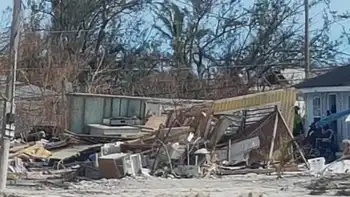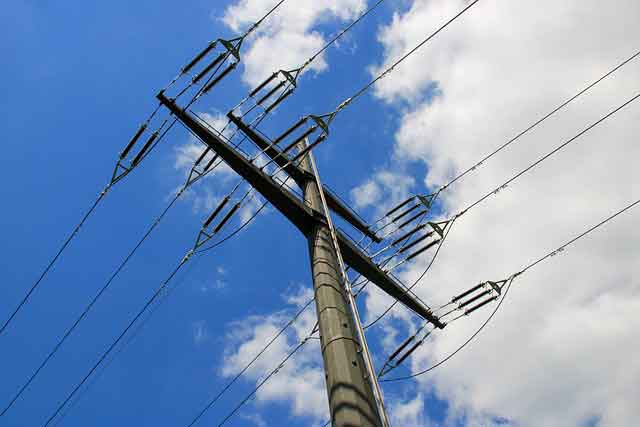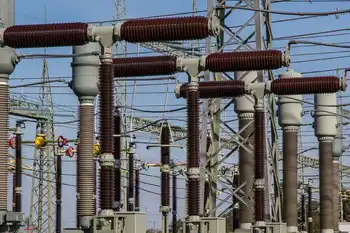Duke Energy to sell Southeast U.S. power plants
NEW YORK -- - Duke Energy Corp. , in a bid to improve its financial footing, said recently it plans to sell power plants in the Southeast United States that are owned by its merchant energy group subsidiary, Duke Energy North America.
The company did not specify which facilities are for sale, but it owns eight gas-fired power stations in four Southeast states totaling about 5,300 megawatts of generating capacity.
In addition to its Southeast plants, Duke said it will not spend any more money completing three plants it started building in the western states.
A spokesman at Duke, Peter Sheffield, told Reuters the company, "may look to partner with another company to complete the three western plants or sell their interest outright."
The following is a list of the plants owned by Duke in the Southeast: PLANT (GENERATING CAPACITY)STATE COMMERCIAL OPERATION
Hinds Energy Facility (520 MW)Miss.
May 2001 - New Albany Energy Facility (350 MW)Miss.
Oct. 2001 - Hot Spring Energy Facility (620 MW)Ark.
June 2002 - Southaven Energy Facility (640 MW)Miss.
May 2002 - Enterprise Energy Facility (640 MW)Miss.
May 2002 - Murray Energy Facility (1,240 MW)Ga.
June 2002 - Sandersville Energy Facility (640 MW)Ga.
June 2002 - Marshall Energy Facility (640 MW)Ky.
The following is a list of the western plants owned by Duke with construction deferred as of September 2002:
June 2002 - Grays Harbor Energy Facility (650 MW)Wash.
Moapa Energy Facility (1,200 MW)Nev.
Deming Energy Facility (570 MW)N.M.
Related News

Zapping elderly brains with electricity improves short-term memory — for almost an hour
LONDON - To read this sentence, you hold the words in your mind for a few seconds until you reach the period. As you do, neurons in your brain fire in coordinated bursts, generating electrical waves that let you hold information for as long as it is needed. But as we age, these brain waves start to get out of sync, causing short-term memory to falter. A new study finds that jolting specific brain areas with a periodic burst of electricity might reverse the deficit—temporarily, at least.
The work makes “a strong case” for the idea that out-of-sync brain waves in…




